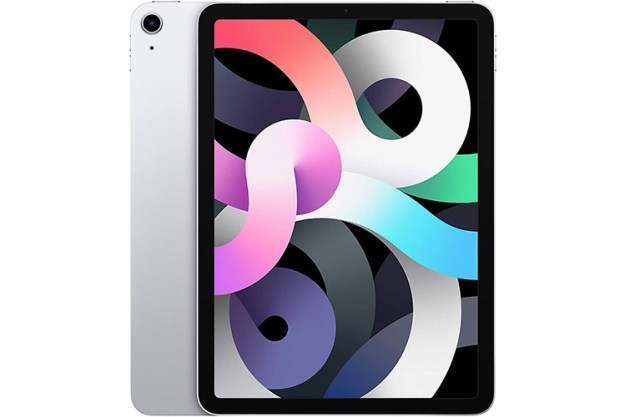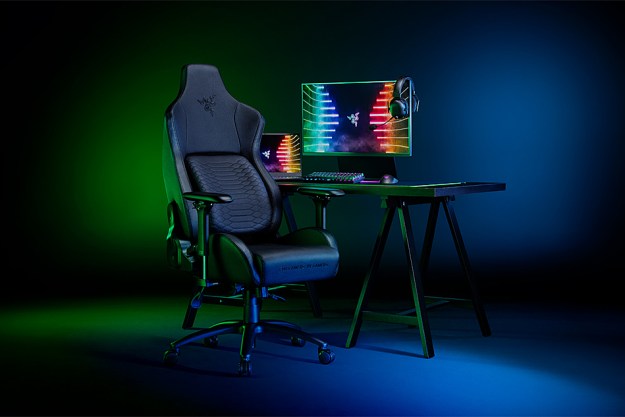
Then there are the more nefarious forms of hacking that entail exploitation, by either accessing his or her financial data and using it to embezzle funds, or by encrypting or removing data from the victim’s PC and then holding it hostage, refusing to restore the data until a fee is paid.
One of the most nefarious of these viruses is Cryptolocker, a nasty little piece of ransomware that, though it has been around for a while (and therefore it’s “treated” by most antivirus software), PC and computer security technicians report that they are still treating CryptoLocker-infected machines.
They’re also busy healing many PCs inflicted by closely related viruses, such as Cryptowall on a regular basis. Ransomware and other data-hijacking viruses, in addition to other types of data hacking methods, costs companies millions in recovery and other fees each year.
In response, an increasing number of companies are resorting to countermeasures, such as creating decoy servers that collect information on would-be hackers, staking out online forums to watch out for stolen data, and even planting misinformation or alluring fakes on company servers to confuse and thus help snare thieves. As former assistant secretary for policy at the Department of Homeland Security, Stewart A. Baker told The New York Times recently, some security experts are advising companies to take even more proactive precautions.
“Companies want better results than are being delivered by law enforcement,” Baker says. Baker went on to question whether government agencies have the resources to monitor corporate networks, and whether businesses would willingly give the government increased access to its networks.
Red Sky Alliance vice president Jeffery L. Stutzman thinks there should be a “Second Amendment right in cyber,” alluding to the right to bear arms. Red Sky Alliance, a cyber-security firm, handles intelligence for several top corporations—many of which are trying to gauge just how much hacking prevention the company itself can take on. What are the ramifications of trying to essentially take the law into your hands?
The problem with any non-law enforcement agency taking matters into its own hands is that often doing so entails performing acts that are illegal to all but law enforcement bodies, and often even law enforcement must acquire warrants and navigate through other legal hurdles to justify many types of investigative activities.
In addition, cyber criminals often conduct their activities through innocent third-party machines, making it difficult to single out the actual criminals. Besides, companies that try to find and retaliate against hackers, especially if the retaliation entails recovering data from the alleged hacker’s computers, are, by the nature of the act itself, committing trespassing and theft.
But that’s not to say that countermeasures always fail or cause additional problems. Samir Kapuria, vice president of Symantec’s Cyber Security Group, recently talked about how his company helped one of its clients plant counterfeit blueprints. The blueprints were subsequently found for sale on the Internet and traced back to their source, saving Symantec’s client millions of dollars.
As our lives and businesses become more and more data-driven, it also becomes increasingly more important for data to retain its integrity. The perpetual back-and-forth between hackers and legitimate companies, as unfortunate as it is, won’t let up anytime soon. However, you can ward off most cyber-thieves and save yourself a lot of grief by remaining vigilant.
To close, here are seven basic ways to help you protect your data. If you don’t take these precautions you’ll likely experience some sort of catastrophic data loss.
- Back up your data and create recovery discs and drives. It’s always much safer to have at least one set of backup files off-site. Use the backup software’s automatic scheduling as well.
- Use virus and security software, and make sure you keep it updated.
- Delete all unsolicited requests for personal information.
- Know exactly who and why—before entering your information on a Website.
- Think before clicking a link or banner. You have no idea what it does, or where it will take you.
- Don’t install software from untrusted or unknown sources.
- Be careful about using banking and other high-security apps over public and free Wi-Fi hotspots, as they’re generally unsecure.


